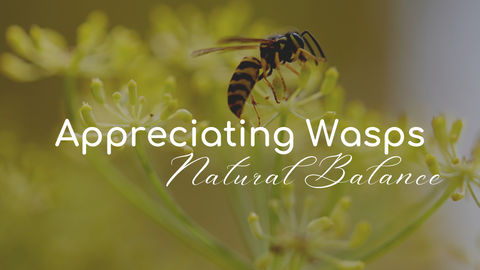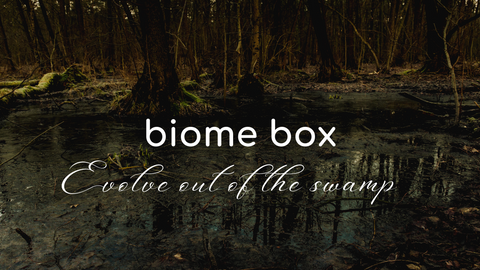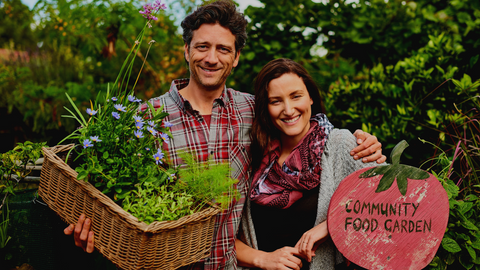Tempted to Eat That Sloe – Wait! Do This Instead!

Tempted to Eat That Sloe – Wait! Do This Instead!
You’ve spotted them, haven’t you? Those dark, dusty berries hiding in the hedgerow — looking like wild plums, daring you to try one. But before you pop one straight into your mouth, pause for a moment and ask yourself: can you eat sloe berries raw?
The short answer is no — at least, not enjoyably! Raw sloes are intensely bitter and astringent, nature’s way of saying “patience, please.” But that same sharpness is exactly what makes them wonderful in the kitchen once you know how to tame it. With a little time and care, you can turn them into beautiful things — like sloe vinegar, syrups, and winter tonics that capture the spirit of the hedgerow.
So, What Can You Do With Sloes?
Plenty! Once softened by frost (or a night in your freezer), sloes become the perfect base for all sorts of wild creations — from rich tonics and fruity shrubs to that famous winter warmer: sloe gin. But if you fancy something a little less boozy and a little more *useful*, try making Sloe Vinegar.
Wild Sloe Vinegar Recipe
What You’ll Need:
- 250 g ripe sloes (fresh or frozen)
- 500 ml raw apple cider vinegar (with the mother)
- A clean jar and patience
How To:
- Lightly prick each sloe with a fork or pin and place them in a sterilised jar.
- Pour the vinegar over until the berries are completely covered.
- Seal and leave in a cool, dark place for 4–6 weeks. Give it a gentle shake every few days.
- Strain through muslin and bottle it. It’ll deepen in flavour as it matures.
This deep ruby vinegar is sharp and complex — a splash over roast vegetables, game, or in a dressing instantly adds a woodland twist to your meal. It’s also great stirred into warm water as a morning tonic to wake up your digestion gently.
Other Ways to Use Sloes
- Sloe Syrup: Sweeten the tartness with honey for a syrup that works in winter teas or over yoghurt.
- Sloe Gin: The classic. Mix sloes, sugar, and gin, and forget about it until Christmas. Nature’s slow alchemy. Woodland Trust article provides a trusted recipe and tips. :contentReference[oaicite:0]{index=0}
- Sloe & Apple Jelly: Beautiful with cheese or roast meats — it captures autumn in a jar.
- Wild Tonics: Blend sloe vinegar with sparkling water and a sprig of rosemary for an earthy, probiotic-friendly drink.
Let Nature Work at Her Own Pace
Like all wild things, sloes teach patience. Picked too early, they’re fierce. Left to rest, they soften, deepen, and reward the wait with real flavour. Whether you’re making sloe gin, syrup, or vinegar, the key is time — the most underrated ingredient of all.
FAQ
Why shouldn’t I eat sloes raw?
Raw sloes contain high levels of tannins, which make them extremely astringent and unpalatable. Traditional foraging advice recommends waiting for the first frost or freezing the berries to reduce bitterness.
When is the best time to pick sloes?
The best time is after the first frost, when the skins have split and the flavour has softened. Alternatively, you can pick earlier and freeze them overnight to mimic the effect.
What else can I make with sloes besides gin?
Besides sloe gin, you can make sloe vinegar, syrup, jelly, and even use the leftover berries for desserts. For example: sloe syrup to drizzle over yoghurt.
Are sloes safe to forage and use at home?
Yes — when correctly identified (they’re the fruit of the blackthorn, Prunus spinosa), picked in safe areas, and prepared properly. Always ensure cleanliness and storage guidelines are followed.
Have a go at the Sloe Vinegar recipe and let the hedgerow find its way into your kitchen — one slow swirl at a time.






